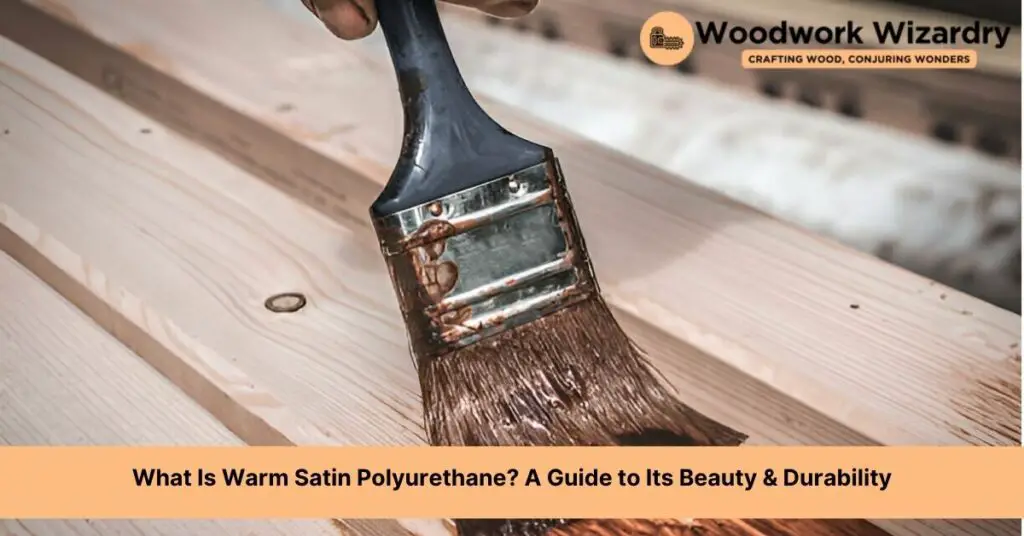We’ve all been there, standing in the paint aisle, overwhelmed by the choices. Among the myriad options, warm satin polyurethane stands out, but what exactly is it? Let’s dive into this world where the finish on our woodwork can elevate our home’s aesthetic to a whole new level.
Warm satin polyurethane is our go-to for that cozy, inviting look that makes every room feel like home. It’s not just about protection; it’s about bringing out the natural beauty of the wood, enhancing its color and grain with a soft, velvety sheen. We’re here to unravel the mystery behind this popular finish, showing you why it might just be the perfect choice for your next project.
Understanding Polyurethane Finishes
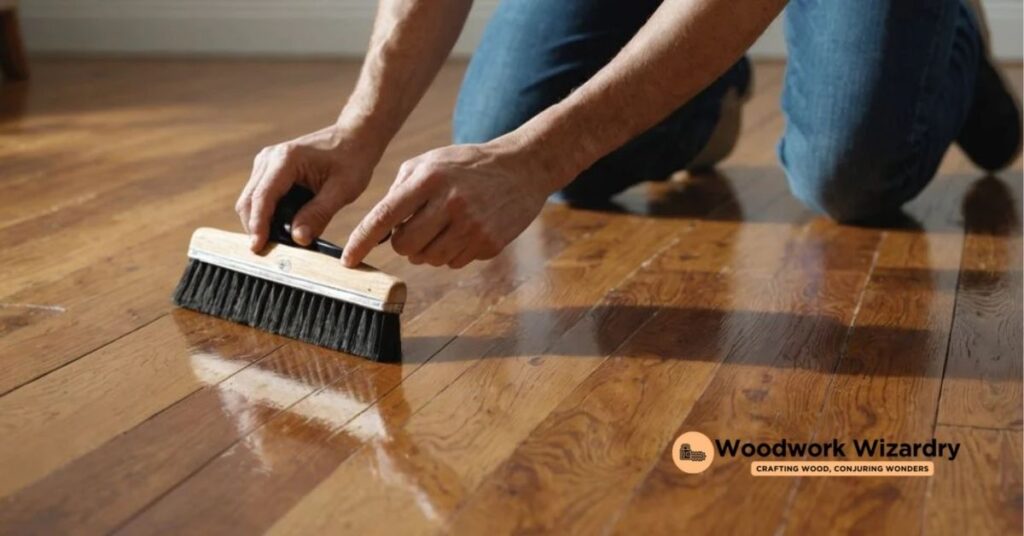
Building on the foundation that warm satin polyurethane contributes significantly to the aesthetic and feel of woodwork around the home, it’s essential to delve into what exactly polyurethane finishes are and why they’re a go-to choice for both professionals and DIY enthusiasts. Polyurethane, a type of varnish, excels in creating a durable, hard finish that stands up remarkably well to wear and tear. This attribute makes it an ideal candidate for surfaces that endure frequent use, like floors, tables, and cabinets.
Polyurethane finishes come in a variety of sheens, ranging from matte to glossy, with satin sheens striking a balance between a soft glow and minimal reflection. This versatility ensures there’s a suitable option for every project and preference. Warm satin polyurethane, specifically, offers a gentle warmth and understated sheen that enhances the wood’s natural colors and grain, adding depth and character without the high gloss of shinier finishes.
Applying polyurethane requires careful attention to detail but rewards with long-lasting protection against spills, stains, and scratches. Opting for a water-based polyurethane is a popular choice due to its lower odor and quick drying time, although oil-based varieties are prized for their rich, deep finish.
Key considerations for a successful polyurethane application include surface preparation, applying thin coats, and allowing ample drying time between coats. Sanding lightly between coats can also promote a smoother finish. Patience and attention to these details ensure that the final product not only looks beautiful but is also well-protected and durable.
Understanding the properties, varieties, and application techniques of polyurethane finishes empowers us to make informed decisions that enhance our woodwork projects. Warm satin polyurethane, with its cozy aesthetics and superior durability, serves as a testament to the value and versatility of polyurethane finishes in home improvement projects.
Warm Satin Polyurethane Explained
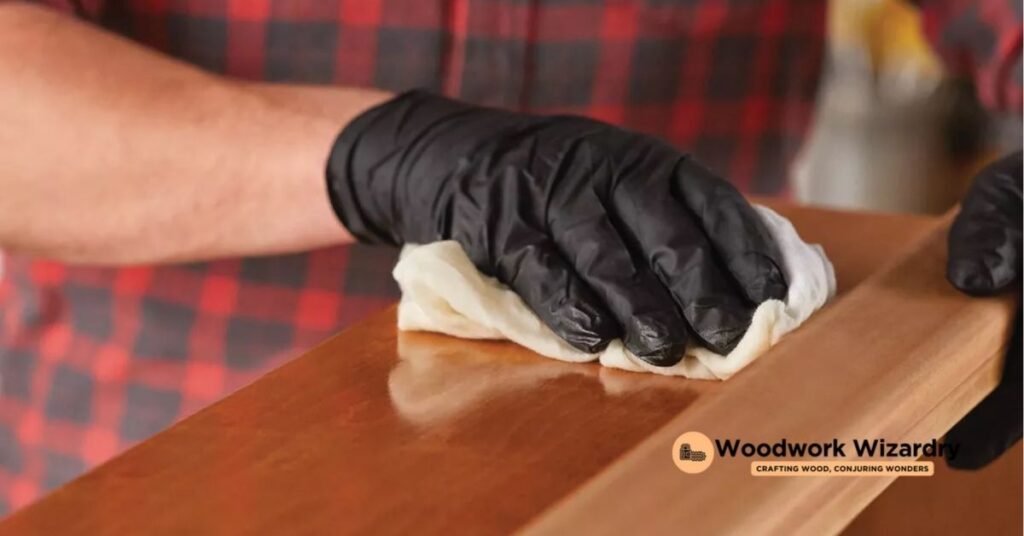
Warm satin polyurethane serves as an ideal choice for those looking to enhance the natural beauty of their woodwork while adding a level of protection that’s both effective and visually appealing. This type of finish strikes a perfect balance, offering the durability required for high-traffic areas like floors and cabinets without overwhelming the wood’s inherent character. It’s the subtle sheen of warm satin polyurethane that sets it apart, injecting a cozy warmth into any space it graces.
Unpacking its composition, warm satin polyurethane is essentially a varnish that includes polyurethane resin, a synthetic compound known for its toughness. This resin is responsible for the finish’s hard-wearing characteristics, making it resistant to scratches, spills, and other forms of wear and tear. But it’s the satin sheen, specifically, that contributes to its warm, inviting appearance, as it softly reflects light without the glossiness of higher-sheen finishes.
Applying warm satin polyurethane requires a careful approach to maximize its benefits. Surface preparation is key, involving sanding to create a smooth base and remove any imperfections that could mar the final appearance. We always stress the importance of applying thin, even coats to avoid drips and ensure a uniform finish. Between coats, a light sanding ensures proper adhesion and a flawless surface. The drying time between coats is crucial for achieving the desired durability without compromising the finish’s quality.
By selecting warm satin polyurethane for your next project, you’re not just choosing a protective layer; you’re opting for a finish that enhances the wood’s natural beauty. It complements a wide range of wood types, from the lightest maples to the deepest walnuts, making it versatile for various applications. Whether you’re refinishing a beloved piece of furniture or sealing new hardwood floors, warm satin polyurethane offers both the practicality of a durable finish and the aesthetic appeal of a gently radiant sheen.
How to Apply Warm Satin Polyurethane
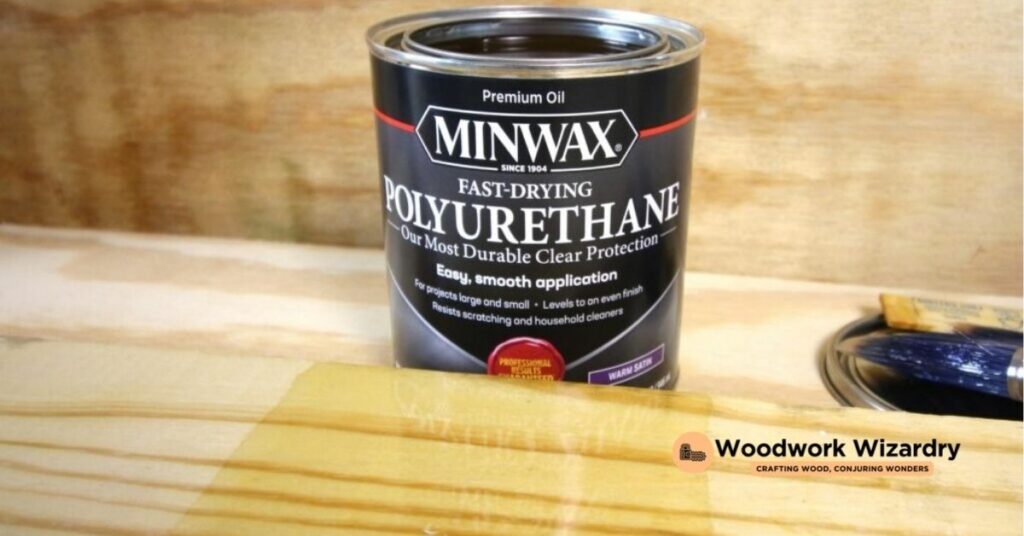
Transitioning from the foundational knowledge of warm satin polyurethane’s composition and advantages, let’s dive into the practical steps of application. Keeping in mind its unique blend of durability and aesthetic appeal, we aim to guide you through each step ensuring your wood projects are both protected and enhanced.
First, surface preparation is crucial. Ensure the wood surface is clean, dry, and free of any previous finishes or debris. Sand the surface smoothly, progressing from coarse to fine grit sandpaper, typically starting with 120 grit and finishing with 220 grit. This creates an ideal surface for the polyurethane to adhere to.
Next, apply a thin coat of warm satin polyurethane using a high-quality natural bristle brush or a foam applicator. Work in the direction of the wood grain, maintaining a wet edge to avoid overlapping marks. Thin coats are key, as they prevent runs and drips, ensuring an even finish.
Allow the first coat to dry thoroughly, as per the manufacturer’s recommended time, usually 24 hours. Then, lightly sand the surface with 220-grit sandpaper to remove any imperfections and wipe clean with a tack cloth to remove dust.
Repeat the application for a second coat, following the same process. Two coats usually suffice, but for high-traffic areas, consider a third coat for additional durability.
Finally, let the final coat dry completely. It’s vital to wait at least 24 hours before light use and up to 3 days for full cure. Proper curing time ensures the durability of the finish and brings out the warm satin polyurethane’s subtle sheen to its full effect.
Ensuring a long-lasting protective finish and a warm aesthetic appeal, these steps highlight the practical application of warm satin polyurethane. Remember, patience and attention to detail during application will enhance the natural beauty of your woodwork and protect it for years to come.
Maintenance and Care
After successfully applying warm satin polyurethane to wood projects, maintaining its beauty and durability becomes crucial. In this section, we’ll provide you with straightforward tips to ensure your warm satin polyurethane finishes remain in top condition.
Regular Cleaning
Regular cleaning plays a significant role in the upkeep of warm satin polyurethane surfaces. We recommend using a soft, damp cloth for routine dusting. For more thorough cleaning, a mix of mild soap and water works wonders, but it’s important to avoid harsh chemicals that may damage the finish.
Avoiding Water Rings
Water rings can mar the appearance of warm satin finishes. We always advise using coasters under beverages. In case of spills, quickly wipe them up with a dry cloth to prevent watermarks.
Scratch and Damage Repair
Even with careful use, scratches or other damages might occur. For minor scratches, a touch-up pen matching the wood’s color can blend the blemish. Deeper scratches may require a bit more work, including light sanding and reapplication of warm satin polyurethane on the affected area.
Protecting from Sunlight
Prolonged exposure to direct sunlight can fade the warm tones of any wood finish. We suggest positioning furniture away from direct sunlight or using window treatments to mitigate sun damage. This ensures that the cozy, warm appeal of your satin polyurethane finish lasts longer.
Annual Check-Ups
Finally, conducting annual check-ups helps in identifying any issues early. Check for signs of wear or damage and address them promptly to maintain the integrity of the warm satin polyurethane finish. Prompt attention to minor issues prevents them from escalating into bigger problems, saving time and effort in the long run.
Following these maintenance and care strategies, your warm satin polyurethane finishes will continue to protect and beautify your wood projects for years to come.
Differences Between Warm Satin Polyurethane and Other Finishes
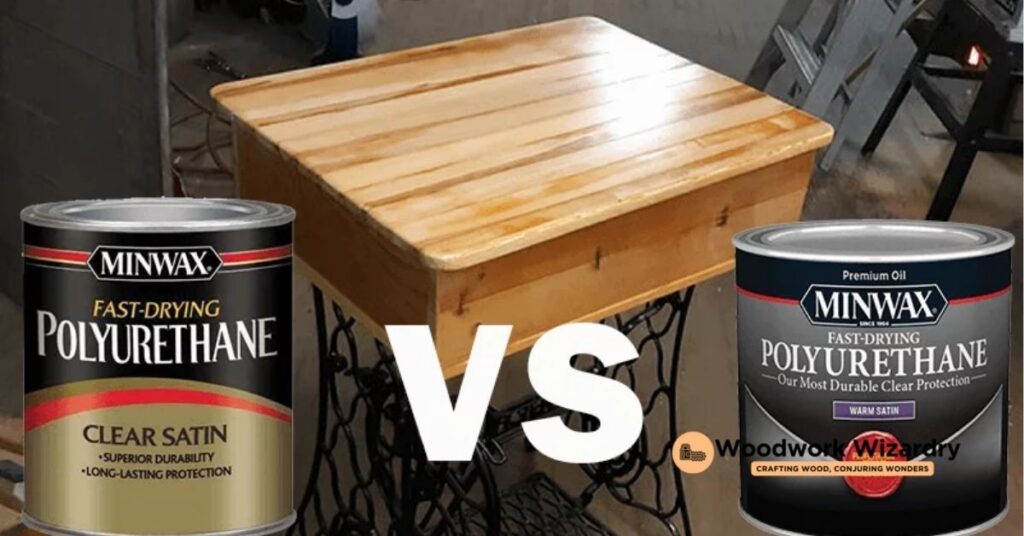
After detailing the application and care of warm satin polyurethane finishes, we’ll explore how it differs from other popular wood finishes. Each finish offers unique benefits and aesthetics, making the choice dependent on the project needs and personal preference.
- Gloss Level and Aesthetics: Warm satin polyurethane provides a medium level of sheen, striking a balance between matte and glossy finishes. In contrast, high-gloss finishes reflect light more significantly, highlighting imperfections but also providing a sleek look. Matte finishes, on the other hand, hide scratches and imperfections better but lack the warmth and depth that satin finishes impart.
- Durability and Protection: Polyurethane, especially in its warm satin form, stands out for its durability and resistance to wear, making it ideal for high-traffic areas. Other finishes, such as lacquer or varnish, may offer a quicker drying time or a specific aesthetic but often require more frequent reapplication or care to maintain their look and protective qualities.
- Maintenance and Repair: Maintaining and repairing a warm satin polyurethane finish is relatively straightforward, requiring only occasional cleaning and minimal touch-ups for scratches or wear. Oil-based finishes, while providing a rich, deep look, demand more maintenance and can be more susceptible to water damage and staining.
- Application and Ease of Use: Warm satin polyurethane is praised for its ease of application, forgiving nature, and quick drying times. Shellac and wax finishes offer a classic look and feel but are more labor-intensive to apply and maintain, making them less suitable for novices or those looking for a low-maintenance option.
- Environmental Considerations: Warm satin polyurethane finishes have improved in terms of low volatile organic compound (VOC) formulations, making them safer for indoor air quality. Natural oil finishes, such as linseed or tung oil, are eco-friendly options but may not provide the same level of protection or longevity as polyurethane.
Warm satin polyurethane stands out for its durability, ease of maintenance, and balanced sheen, making it a versatile choice for a wide range of woodworking projects. Other finishes may offer specific benefits but require consideration of their limitations and how they align with the project’s demands and aesthetics.
Conclusion
We’ve walked through the ins and outs of warm satin polyurethane and why it’s become a go-to for those of us passionate about woodworking. Its unique blend of durability and aesthetic warmth makes it an unbeatable choice for both new projects and reviving old treasures. Remember, achieving that perfect finish is all about patience and precision in application. Whether you’re a seasoned pro or just starting out, warm satin polyurethane offers a forgiving yet high-performance option for bringing out the best in your woodwork. Let’s embrace this versatile finish and see where our creativity takes us.
Related Posts:

